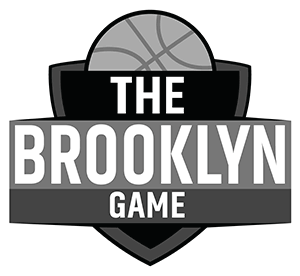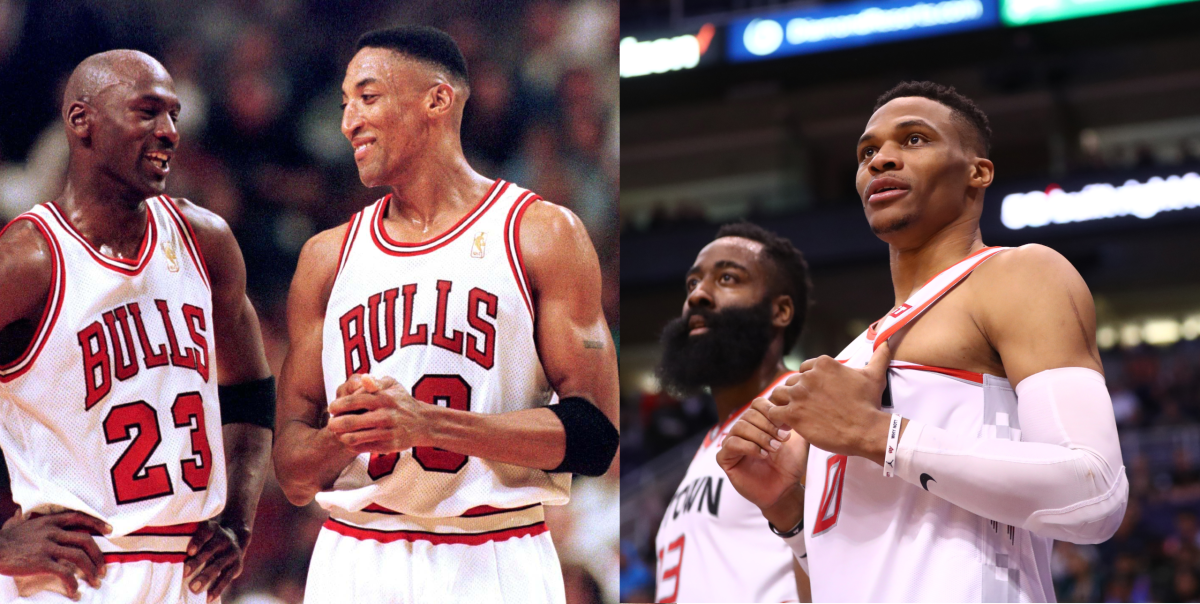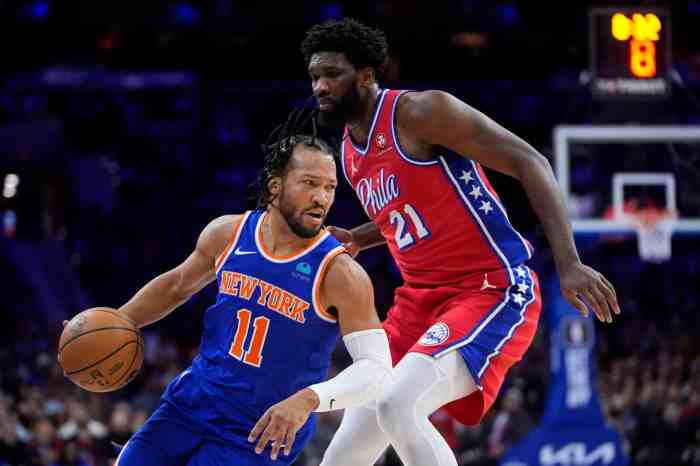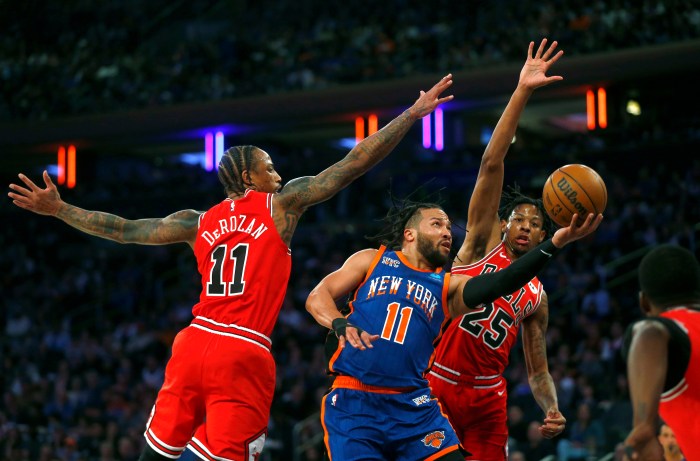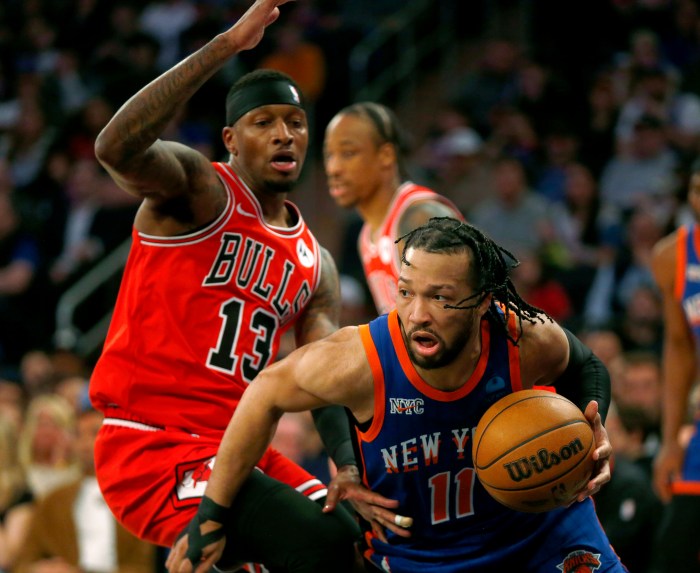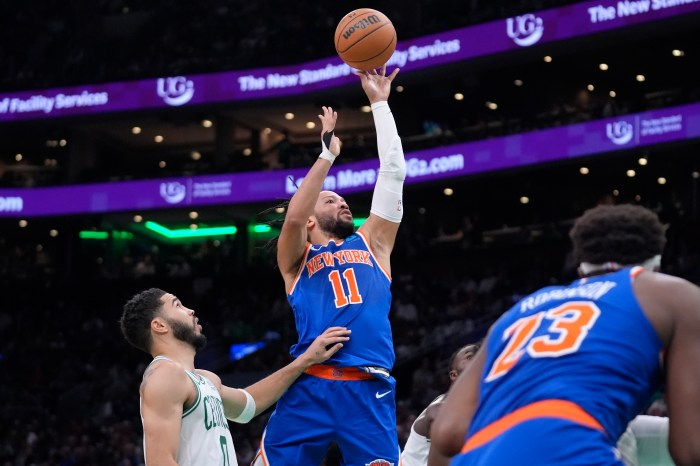This is not another Michael Jordan vs. LeBron James debate.
This is not another freeform dialogue explaining why one player couldn’t survive in the other’s era of play.
This has nothing to do with either of them.
What this is about, however, is pointing out some of the facts — and possibly some misconceptions — about the eras in which Jordan and LeBron played in
Jordan supporters and old-school basketball fans are ardent that today’s version of the NBA is “soft.” Players revel in theatrics, ham it up when contacted in the slightest, and make their objections known to officials in dramatic, over-the-top displays.
They have a point.
Paul Pierce’s patented “throw your head back in pain when driving toward the basket” has become commonplace in the league.
Players flail wildly or jump into contact when attempting a three-pointer.
“AND ONE!” has become a battle cry for those “brave enough” to attack the basket.
Maybe those detractors have a point. Maybe the likes of LeBron or James Harden or Russell Westbrook couldn’t survive in the NBA during the 1980s and 1990s.
But the notion that today’s NBA has become a parade of whistles or a free-throw shooting contest couldn’t be farther from the truth.
While the NBA during the 80s and 90s was far more physical than today’s game, officiating — for the most part — properly reflected the times.
Brutish basketball that centered around controlling the boards and developing bona fide big men provided a game with more whistles, free throws, and less flow.
From 1980-1990, there was an average of 24.84 personal fouls called per game. As Jordan and his Bulls entered their prime in the 90s and continued to add a bit more finesse to the game, that number dropped to 22.73 fouls.
From 1980-2000, NBA games saw an average of 27.86 free throws attempted per game. Now we can go into how players were able to get away with more back then, including the obvious one, hand-checking, but the data suggests that there was more punishment in a time of heightened physicality.
While there’s no official time that has clocked the average length of a pair of free throws, most avid basketball fans would agree that it takes around 45 seconds to a minute from the whistle to the second shot of the free throw reaching the rim.
That meant nearly 21 minutes per night over a 20-year stretch was spent watching players shoot free throws.
Into the new millennium, more stress was put on skill than strength to the point where Stephen Curry and the Golden State Warriors helped revolutionize the game by stressing outside shooting — a trend that currently grips the NBA.
Again, that might come off as soft, but we’re seeing fewer fouls and longer spells of active play each night.
Over the last 20 years, we are seeing an average of 20.99 fouls called per night. That number shrinks even more to 20.26 over the past 10 years with nine of the least-penalized seasons in NBA history coming during that span.
That’s led to an average of 23.98 free throws per game over the last 20 years and a 22.97 mark since 2010-11.
It’s not an astronomical difference, but NBA fans are watching, on average, four fewer minutes of free throws per game over the last decade than what was the norm during the 80s and 90s.
So maybe we need to pump the brakes how the rough-and-tumble glory days of the NBA somehow minimizes what today’s players have been able to accomplish.
It’s ridiculous to do so when they have no control over it. After all, today’s athletes are bigger, stronger, and faster than those of day’s past.
If they really wanted to knock you around, they would.
Just expect a few more people to be offended.



